The animal kingdom is full of remarkable abilities, but few are as impressive as the crab’s capacity to regrow limbs. Unlike humans, who must live with permanent limb loss, crabs possess the extraordinary ability to regenerate their claws and legs when they become damaged or detached. This regenerative capability represents one of nature’s most fascinating examples of biological resilience and has captivated scientists for generations. From the tiny fiddler crab to the massive king crab, these crustaceans demonstrate a remarkable healing process that enables them to recover from injuries that would permanently disable most other creatures. This comprehensive exploration will delve into the fascinating world of crab limb regeneration, examining the biological processes, evolutionary advantages, and scientific implications of this remarkable ability.
The Science Behind Limb Regeneration

At its core, crab limb regeneration relies on a process called autotomy, the voluntary shedding of a limb, followed by a complex series of cellular events that rebuild the missing appendage. When a crab loses a limb, specialized cells called progenitor cells mobilize to the wound site. These cells have stem cell-like properties, meaning they can differentiate into different types of cells needed to rebuild the limb. The process begins with the formation of a blastema, a mass of dedifferentiated cells that will eventually develop into the new limb. These cells divide rapidly and gradually redifferentiate into the specific tissues required for the new appendage, including muscle, nerves, and exoskeleton. The molecular signals that control this process are still being studied, but researchers have identified several key growth factors and genes that appear to play crucial roles in coordinating the regeneration process.
Autotomy: The Self-Amputation Mechanism
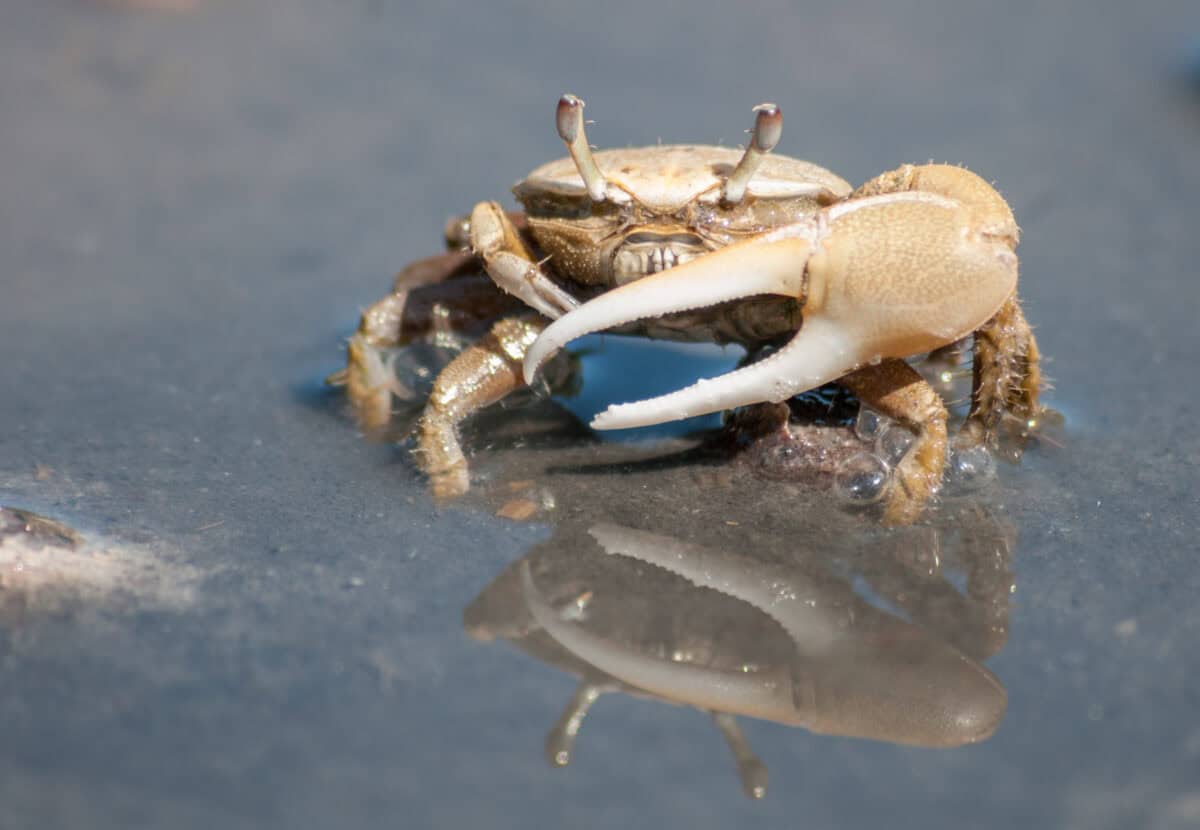
Crabs have evolved a remarkable survival strategy called autotomy, which allows them to voluntarily detach a limb when threatened. This self-amputation occurs at a predetermined breaking point known as the autotomy plane, a specialized weak spot in the limb where minimal tissue damage occurs during separation. When a predator grabs a crab’s leg, the crab can contract specific muscles that fracture this plane, allowing it to escape while sacrificing the captured limb. Remarkably, this process is designed to minimize blood loss, as special membranes quickly seal off the wound. This adaptation represents an evolutionary trade-off: while losing a limb impairs mobility and feeding capabilities in the short term, it allows the crab to survive a potentially fatal encounter with a predator. The presence of this sophisticated self-amputation mechanism underscores how integral limb regeneration is to the crab’s overall survival strategy.
The Regeneration Timeline

The time required for a crab to fully regenerate a lost limb varies significantly depending on several factors, including the species, the crab’s age, and environmental conditions. Typically, the process unfolds over multiple molting cycles, as the new limb develops gradually with each shell change. Initially, a small, underdeveloped limb bud appears at the site of the lost appendage. This miniature limb, sometimes called a “paper claw” due to its thin, delicate nature, grows larger with successive molts. For many crab species, complete regeneration can take anywhere from three to four molting cycles. In younger crabs with more frequent molting schedules, the regeneration process may be completed within a few months. However, older crabs that molt less frequently might take a year or longer to fully restore a lost limb. During this period, crabs must adapt their behavior to compensate for the missing appendage, often changing their movement patterns and feeding strategies until regeneration is complete.
Not All Limbs Are Created Equal

Interestingly, crabs exhibit varying regenerative capabilities depending on which limb is lost. The large front claws, or chelipeds, often regenerate more slowly than walking legs due to their complex structure and the greater amount of tissue that must be replaced. In some species, the regenerated claw may never reach the size of the original, particularly if the crab is approaching its terminal molt. There’s also often asymmetry in claw regeneration—many crab species naturally have one larger “crusher” claw and one smaller “cutter” claw. If the crusher claw is lost, the regenerated appendage may initially grow back as a cutter claw, with the remaining original claw gradually transforming into a crusher over subsequent molts. This remarkable adaptability demonstrates the sophisticated biological programming that governs limb regeneration in these creatures, ensuring that even after limb loss, the crab maintains the specialized tools it needs for survival.
Energy Costs of Regeneration

Regrowing limbs is an energetically expensive process for crabs. The creation of new tissue requires significant resources, which must be diverted from other biological functions. Studies have shown that crabs undergoing limb regeneration often experience slower overall growth, delayed sexual maturation, and reduced reproductive output. The metabolic demands of regeneration can increase a crab’s energy requirements by up to 30%, forcing the animal to consume more food or tap into energy reserves. This energy trade-off explains why crabs in resource-poor environments may regenerate limbs more slowly or produce smaller replacement appendages. Environmental stressors like pollution, temperature extremes, or limited food availability can further tax a crab’s energy budget, potentially impairing its regenerative capabilities. Despite these costs, the evolutionary persistence of limb regeneration underscores its critical importance to crab survival—the immediate energy expenditure is justified by the long-term survival advantage of having a complete set of functional limbs.
The Role of Molting in Regeneration
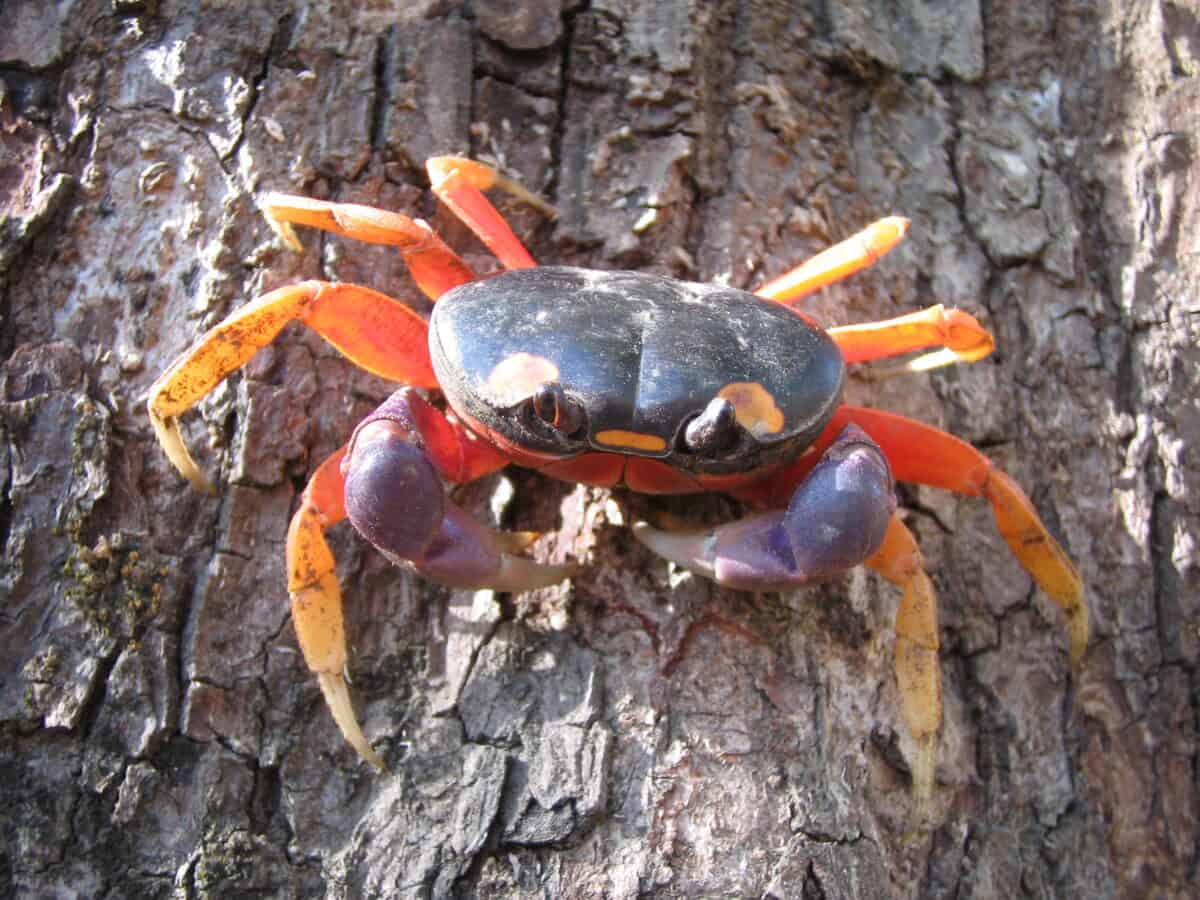
Molting—the process by which crabs shed their old exoskeletons to grow—is inextricably linked to limb regeneration. The regeneration process is synchronized with the molting cycle, as new limbs can only increase in size when the restrictive exoskeleton is shed. When a crab loses a limb, it begins developing a limb bud internally, folded within the stump and concealed by a protective membrane. During the next molt, this developing limb unfolds and expands, becoming visible but typically remaining smaller than the original. With each subsequent molt, the regenerating limb grows larger until it approaches the size of the corresponding limb on the opposite side of the body. Interestingly, limb loss can actually trigger hormonal changes that accelerate the molting process in some crab species, particularly juveniles. This acceleration allows younger crabs to replace lost limbs more quickly, minimizing the time they must function with impaired mobility or feeding capabilities. This intimate connection between molting and regeneration highlights the integrated nature of these biological processes in crustacean development.
Regeneration Across Crab Species
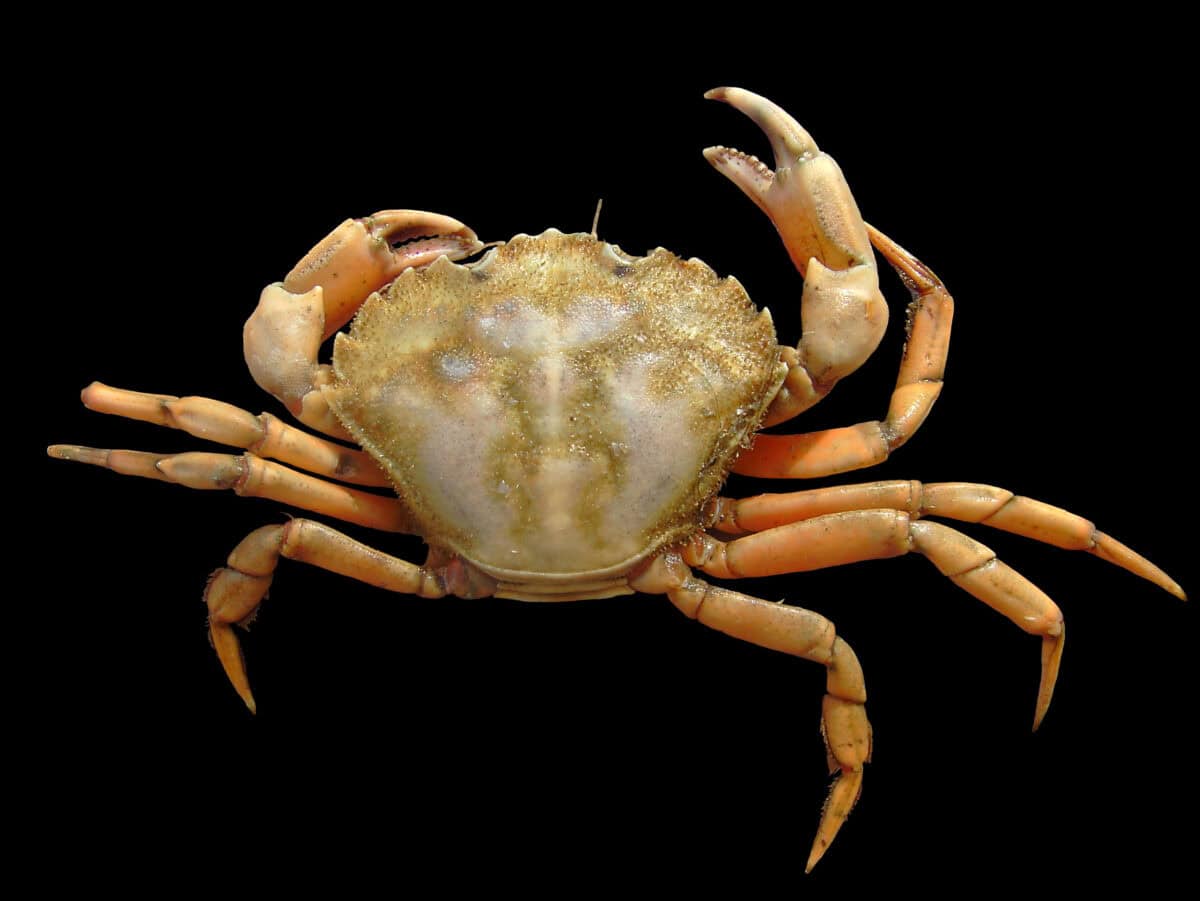
While limb regeneration is common across crab species, notable variations exist in regenerative capabilities and strategies. Smaller shore crabs like the European green crab (Carcinus maenas) can regenerate limbs relatively quickly, sometimes achieving full recovery within just a few molts. The iconic fiddler crab (Uca species), known for its dramatically asymmetrical claws in males, can regenerate its signature oversized claw, though the process may take several molting cycles to restore its impressive proportions. The commercially important blue crab (Callinectes sapidus) demonstrates particularly efficient regeneration, with young specimens able to replace lost limbs within 2-3 molts. On the other end of the spectrum, larger, slow-growing species like king crabs (Paralithodes species) may require significantly longer to regenerate appendages due to their extended intermolt periods. Some deep-sea crab species, which molt infrequently in their cold, resource-limited environments, may take years to fully regenerate a lost limb. These variations reflect the different evolutionary pressures and ecological niches occupied by different crab species across marine and freshwater environments worldwide.
Regeneration in Different Life Stages
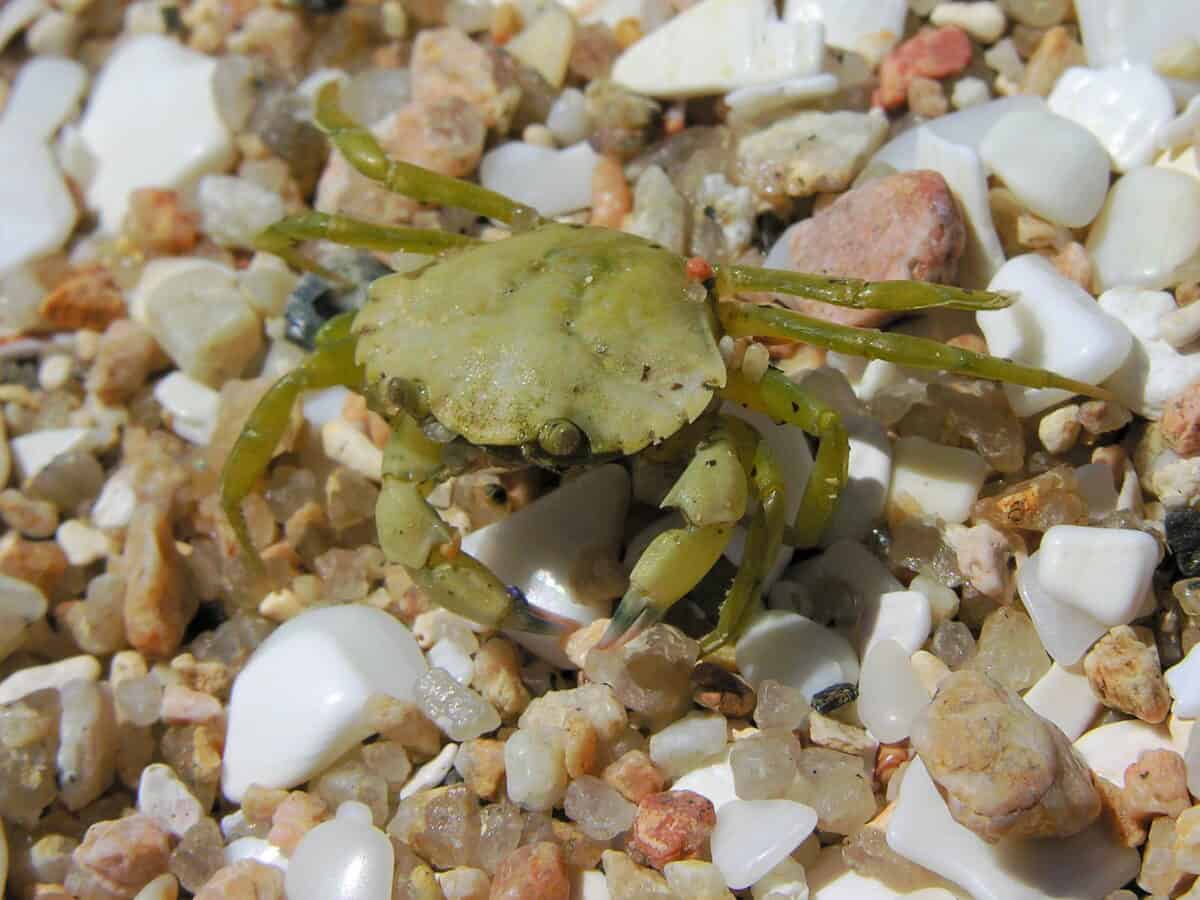
A crab’s regenerative capabilities change dramatically throughout its life cycle. Juvenile crabs exhibit remarkable regenerative potential, capable of quickly replacing lost limbs as they progress through frequent molting cycles. Their rapid cellular growth and division rates, coupled with heightened metabolic activity, create ideal conditions for efficient regeneration. As crabs age, this regenerative capacity gradually diminishes. Adult crabs can still regrow limbs, but the process typically takes longer and may result in appendages that don’t fully match the original in size or function. In many crab species, individuals eventually undergo a terminal molt, after which no further molting occurs. Following this terminal molt, limb regeneration becomes impossible, as the ability to replace lost appendages is fundamentally tied to the molting process. This reduction in regenerative capacity represents one of the biological trade-offs of maturity, as the crab’s resources are increasingly channeled toward reproduction rather than somatic maintenance and repair.
Environmental Factors Affecting Regeneration
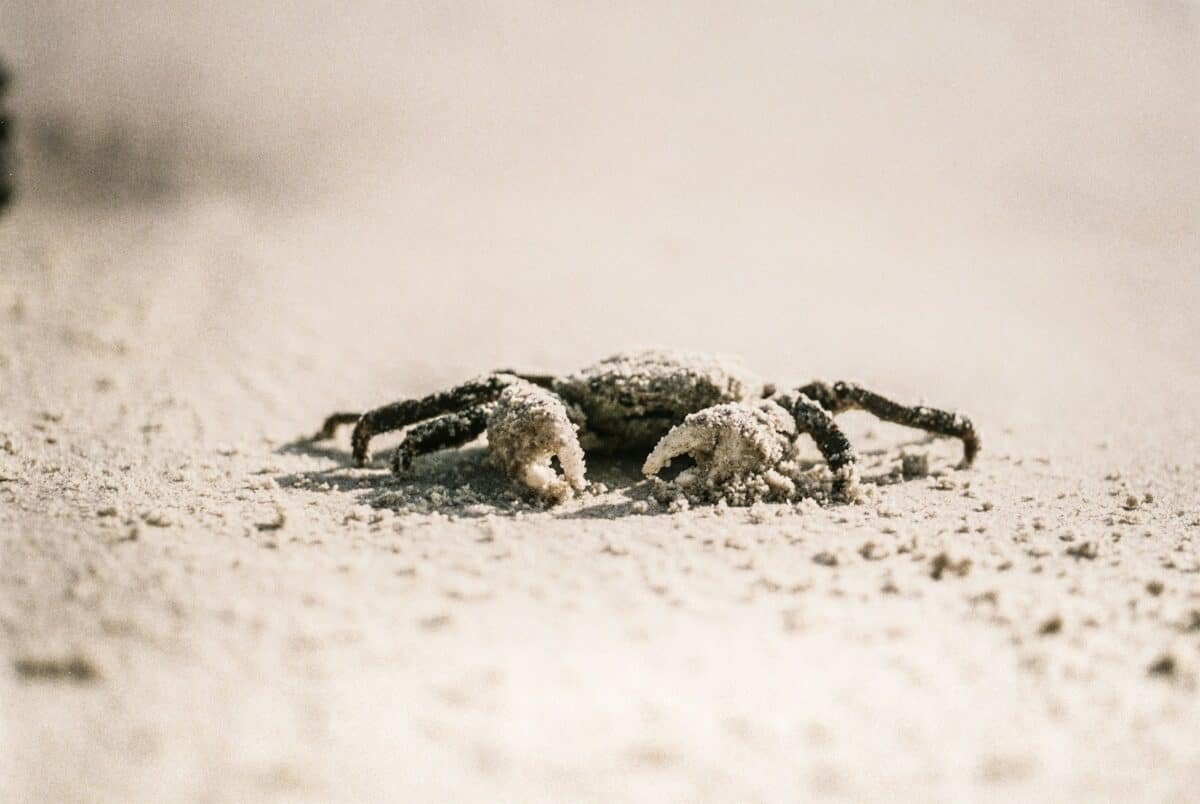
The environment plays a crucial role in determining how efficiently crabs can regenerate lost limbs. Water temperature significantly impacts regeneration rates, with warmer waters generally accelerating the process by increasing metabolic activity and cellular division. Conversely, crabs in colder waters typically regenerate limbs more slowly. Water quality also influences regeneration success, with pollutants potentially disrupting the complex hormonal and cellular processes involved in limb replacement. Food availability is another critical factor—well-nourished crabs can allocate more resources to regeneration without compromising other biological functions. Salinity fluctuations can stress crabs’ physiological systems, potentially diverting energy away from regeneration, while oxygen levels affect metabolic efficiency throughout the regenerative process. Additionally, population density can impact regeneration through competition for resources and increased stress levels. These environmental variables help explain why the same crab species might demonstrate different regenerative timelines and success rates across various habitats and seasons.
Evolutionary Advantages of Regeneration
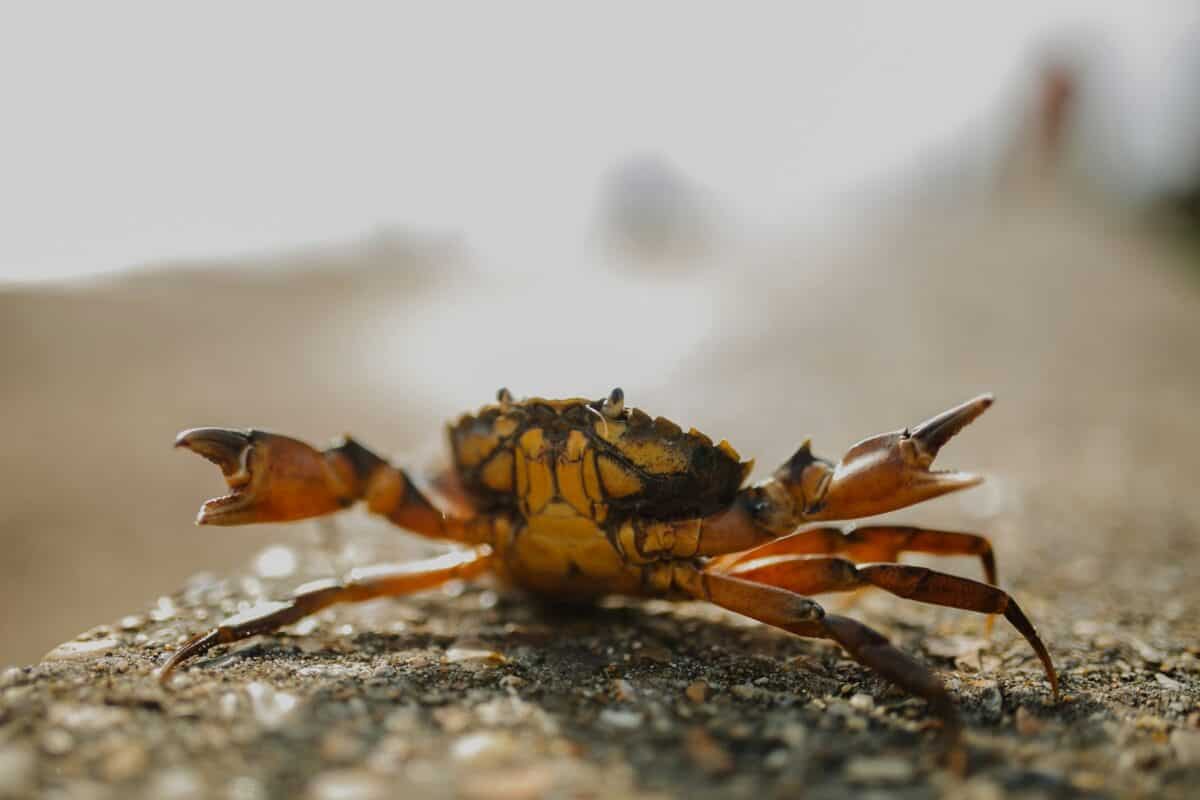
The ability to regenerate limbs represents a powerful evolutionary adaptation that has contributed to the success of crabs across diverse aquatic environments. In ecological contexts where predation pressure is high, the capacity to sacrifice a limb through autotomy and later regenerate it provides a significant survival advantage. This trade-off—temporarily sacrificing a limb to escape certain death—has been refined through natural selection over millions of years. Beyond predator evasion, limb regeneration also helps crabs recover from injuries sustained during territorial disputes, mating competitions, or environmental accidents like getting limbs caught in rocky crevices. The regenerative ability ensures that temporary disabilities don’t become permanent handicaps, allowing crabs to maintain their competitive edge in feeding, territory defense, and reproduction. Furthermore, this adaptation has contributed to the remarkable resilience of crab populations, enabling them to withstand predation pressure that might otherwise lead to population collapse. The widespread conservation of regenerative mechanisms across different crab lineages underscores the fundamental importance of this trait to their evolutionary success.
Medical and Scientific Implications
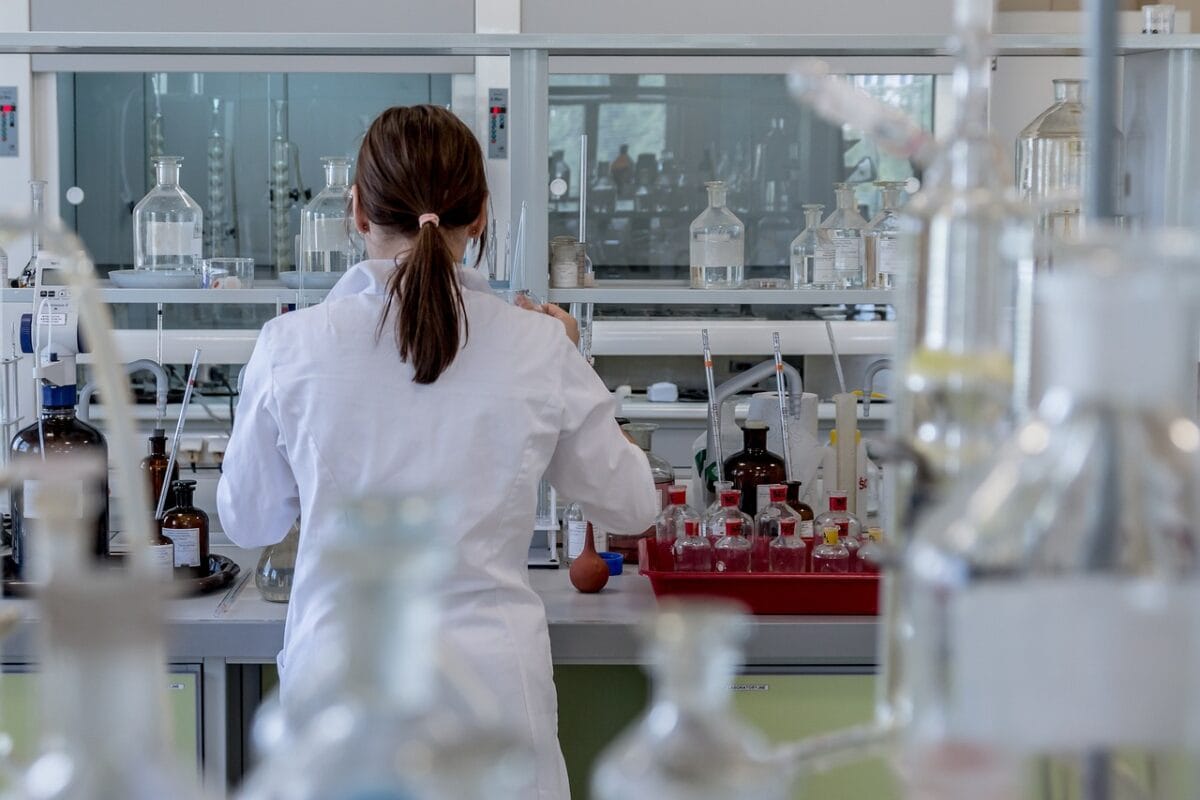
The remarkable regenerative abilities of crabs have captured the attention of medical researchers seeking insights that might be applied to human tissue regeneration. While mammals have limited regenerative capabilities compared to crustaceans, the fundamental cellular and molecular mechanisms involved share some similarities. Scientists are studying the signaling pathways and growth factors that coordinate crab limb regeneration, hoping to identify principles that could enhance wound healing or tissue regeneration in humans. Of particular interest are the processes by which differentiated cells at the wound site dedifferentiate to form a regenerative blastema, and the factors that prevent excessive scar formation during healing. Research has identified several conserved genetic pathways involved in both crustacean limb regeneration and mammalian wound healing, suggesting potential targets for therapeutic intervention. Additionally, understanding how crabs precisely control the growth of regenerating tissues could provide insights for cancer research, as both processes involve tightly regulated cell proliferation. While human limb regeneration remains firmly in the realm of science fiction, the study of crab regeneration continues to yield valuable insights that may eventually translate into improved treatments for injuries and degenerative conditions.
Observing Regeneration in Pet Crabs
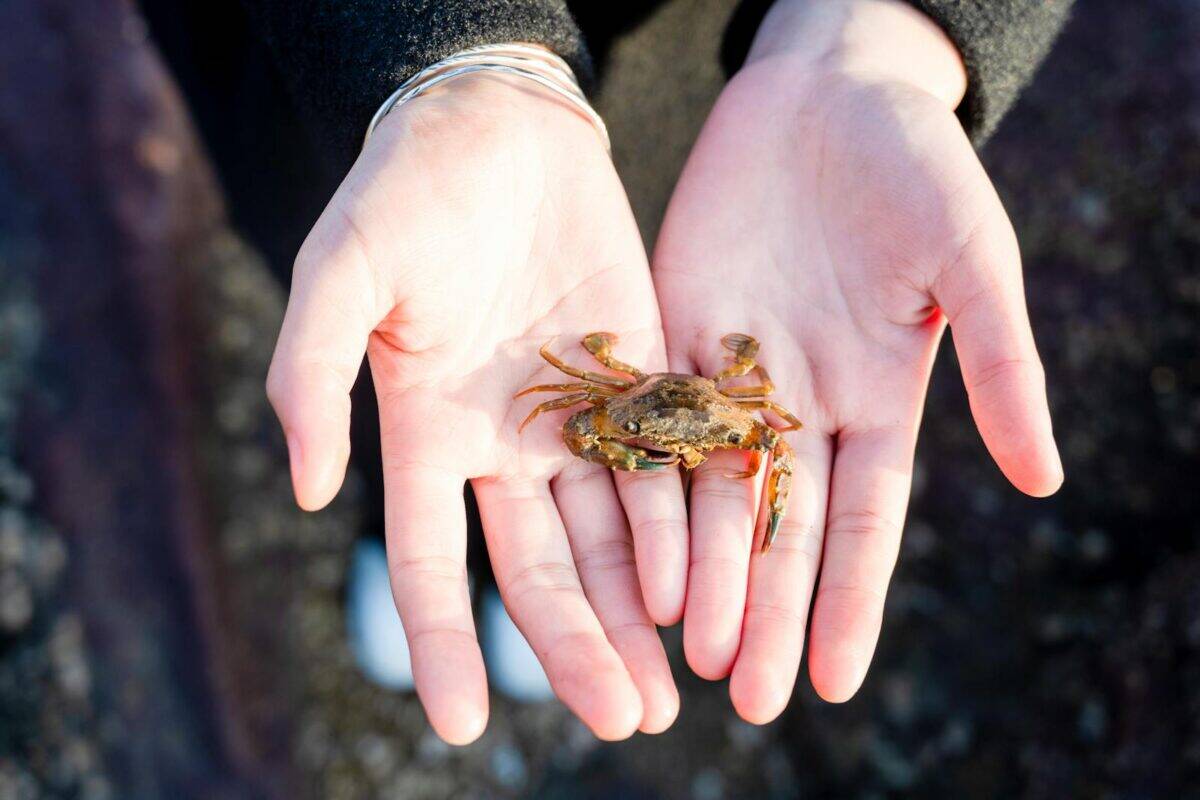
For those who keep crabs as pets, observing the regeneration process can provide a fascinating window into natural biological processes. Whether you’re keeping hermit crabs, fiddler crabs, or other popular pet species, you may occasionally notice a missing limb—perhaps lost during shipping, handling, or interaction with tank mates. Rather than being cause for alarm, this presents an opportunity to witness regeneration firsthand. Creating optimal conditions for regeneration means maintaining appropriate habitat parameters: proper temperature, humidity, water quality, and nutrition are essential for supporting efficient regrowth. A diet rich in calcium is particularly important, as this mineral is crucial for forming the new exoskeleton of the regenerating limb. Pet owners should provide hiding places where vulnerable crabs can safely molt, as this is when the most dramatic growth of regenerating limbs occurs. Documenting the process through photographs can create a compelling record of this remarkable biological phenomenon, while careful observation of behavioral adaptations—how the crab compensates for the missing limb while waiting for regeneration—offers insights into the animal’s problem-solving capabilities.
The ability of crabs to regenerate lost limbs represents one of nature’s most impressive examples of biological resilience and adaptation. This complex process, involving specialized cellular mechanisms, precise molecular signaling, and integration with the molting cycle, demonstrates the sophisticated solutions that evolution has produced to address the challenges of survival. While humans continue to struggle with limited regenerative capabilities, crabs and other crustaceans have perfected this process over millions of years, developing a system that balances the immediate costs of limb loss against the long-term benefits of survival and eventual recovery. As scientific understanding of these mechanisms deepens, we gain not only greater appreciation for these remarkable creatures but potentially valuable insights that might someday enhance human medicine. In studying how crabs regrow their limbs, we glimpse a biological possibility that stretches beyond our current capabilities—a reminder of both nature’s ingenuity and the continuing potential for scientific discovery inspired by the natural world.
- How Crabs Can Regrow Lost Claws and Legs - August 12, 2025
- This Tiny Salamander Species Could Hold Medical Breakthroughs - August 12, 2025
- What Makes the Fennec Fox So Unique - August 12, 2025

